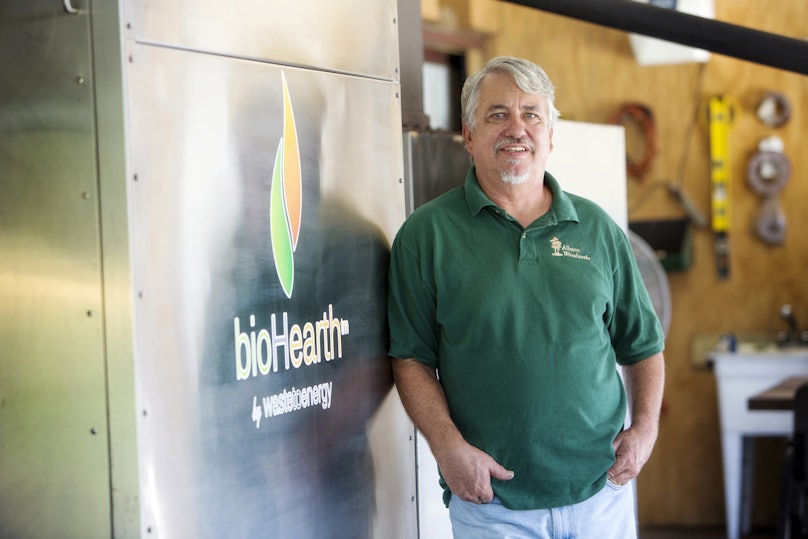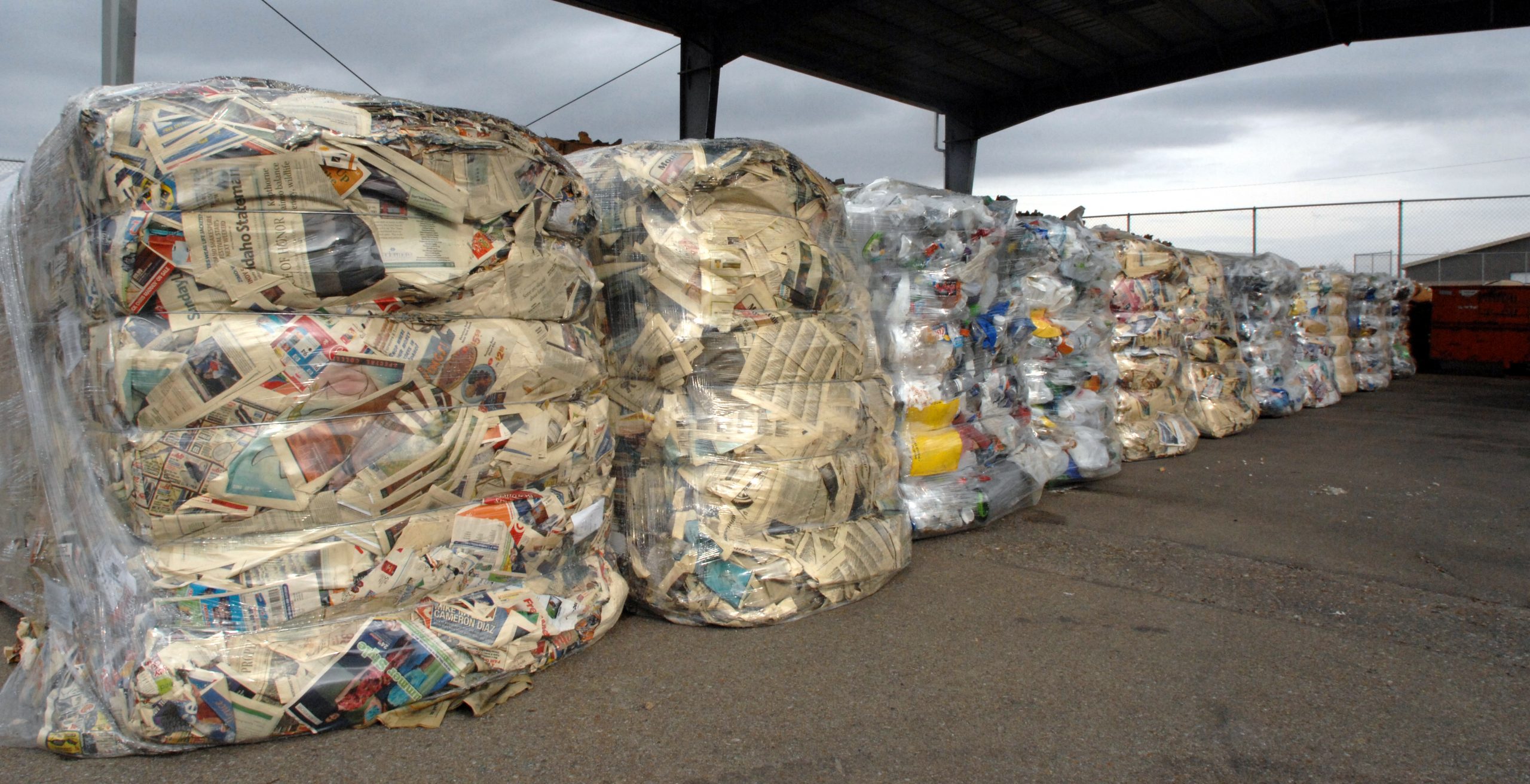Waste To Energy System’s CEO Featured In Entrepreneurship Magazine
Our CEO, Richard Woods was featured in the Entrepreneurship Issue of the Greater Baton Rouge Business Report Magazine. The article highlights his R&D efforts for our system and his future goals for both of his companies, Albany Woodworks and Waste to Energy Systems. The complete article is found below.
Louisiana entrepreneur: Richard Woods

(Photography by Collin Richie: Richard Woods)
Position: Owner and CEO
Companies: Albany Woodworks and Waste to Energy Systems
What they do: Convert waste from communities, businesses, farms or resorts into energy
Address: 30380 Payne Alley, Suite 2 in Tickfaw
Next goals: Use the success of the gasification system to propel oil reclaiming from plastics
A WELL-BUILT BASE
When Richard Woods noticed a barn being torn down in his Louisiana hometown of Albany 40 years ago, he had no idea the event would inspire him to open not just one, but eventually two unique businesses. He constructed his entire home with antique heart pine and cypress that he carefully salvaged from 100-year-old buildings like the barn, along with as much recyclable material as possible. “I’ve been an environmentalist my whole life,” Woods says. He found the reclaimed wood to be much better than anything people could buy new. “It naturally grew from that desire to use waste in a positive way for a business,” he explains. The home he built for his family is where Albany Woodworks got its start. Today the family business works to reclaim original well-seasoned beams, using state-of-the-art machinery, to be used in new construction or remodeling projects.
TRASH TO TREASURE
In the process of growing his lumber company, Woods had to find ways to deal with the waste his operations produced. In search of a sustainable use for byproducts like wood chips, sawdust and shavings, he began researching methods of converting these into a viable energy source in 2009. After five years of intense research and development, he invented the bioHearth, which uses gasification, a method of converting any kind of carbon-based waste into hydrogen and carbon monoxide. These combustible fuels can then run a generator, kiln or any other energy consumption system. “So it is not a limited market,” Woods explains. “It can go anywhere.” Now successfully running the Albany Woodworks generator from the plant’s waste, Woods is ready to take his bioHearth technology to market as part of his second startup, Waste to Energy Systems.
SELF-MADE SUSTAINABILITY
While gasification is being exploited in Europe and India to turn industrial waste into usable energy, Woods explains what makes his system more practical and more energy efficient is its ability to be installed on-site rather than the company having to haul its waste to a gigantic plant. “So you build a system that would fit right into their system; that is our unique concept,” he says. It might be surprising to discover Woods has no formal degree. “What I do is I know how to learn and I know who to apply what I’ve learned, and that is how I’ve built two businesses,” he says. “I think that is the key ingredient to entrepreneurship.” He is now using that same process to pursue patents for his technology. At age 65, Woods says he wanted to dedicate his last efforts to something that would make a difference in the world.
GREEN FOR GREEN
Juggling two businesses is no easy task for Woods, who will often pull an 18-hour day working to bring his bioHearth to market. Five months ago he put up a webpage to start marketing it and has since been inundated with contact from people wanting to know how it can help their industry. “People just started showing up, just like they showed up wanting my wood,” Woods say. He sees the bioHearth as a viable tool for emerging markets and counties—particularly in the Caribbean and anywhere with an electricity shortage, as well as anyone who is paying money to haul away waste. Woods has funded 75% of the venture himself, with aid from angel investors along the way. While his invention undoubtedly has many environmental benefits, the real key is economic viability, which he has achieved, calculating a return on investment on the system in just under five years.
Article written by Gabrielle Braud and published on October 14, 2015



